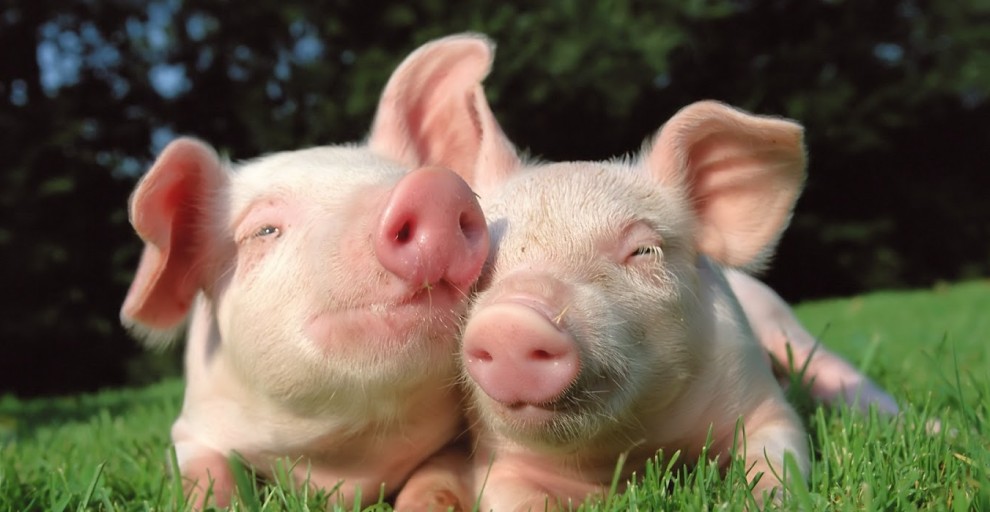 Xenotransplantation harbours the potential to solve the problem of world-wide organ shortages simply, by completely eliminating these shortages altogether. The possibilities, as expressed by some, are virtually endless. Procedures such as harvesting kidneys from chimps and transplanting them to humans with renal failure, harvesting livers to save patients from hepatic failure, as well as heart transplants to eliminate the threat of cardiac failure, disease and damage (pig hearts and valves for example) hint at the possibility of being able to extend life expectancy. In addition to these more invasive and immediately life-threatening afflictions, xenotransplantation also shows promise in aesthetic treatments like grafting porcine skin cells onto burn victims for instance. There also exists the potential to treat diabetes, Alzheimer’s and Parkinson’s disease, and other genetic diseases such as Huntington’s and inherited blindness.
Xenotransplantation harbours the potential to solve the problem of world-wide organ shortages simply, by completely eliminating these shortages altogether. The possibilities, as expressed by some, are virtually endless. Procedures such as harvesting kidneys from chimps and transplanting them to humans with renal failure, harvesting livers to save patients from hepatic failure, as well as heart transplants to eliminate the threat of cardiac failure, disease and damage (pig hearts and valves for example) hint at the possibility of being able to extend life expectancy. In addition to these more invasive and immediately life-threatening afflictions, xenotransplantation also shows promise in aesthetic treatments like grafting porcine skin cells onto burn victims for instance. There also exists the potential to treat diabetes, Alzheimer’s and Parkinson’s disease, and other genetic diseases such as Huntington’s and inherited blindness.
Thus, in theory, any disease which is treated on the basis of human-human transplantation can potentially be treated by means of xenotransplantation.
As lovely as this potential sounds, the truth is that for the time being it simply is not feasible to comprehend or predict the magnitude of the risks associated with the practice of xenotransplantation in the long run. Why is this the case? This is the case because the science simply is not at that level yet, and is essentially incomplete with respect to this issue on many grounds. While there are many potential risks associated, the most serious of those risks appear to be with the transmission of infectious agents cross-species. The concern here is that, considering the worst-case scenario, major new epidemics might arise to the detriment of the general public , mediated by the transplantation of animal tissue to human tissue.
The degree of risk to the individual (recipient of the transplant) as well as to the general public is only heightened when considering the degree of immuno-suppression required for successful transplantation. Because of the strong immune system responses of the human body, grafting techniques are only possible with large amounts of immuno-suppression. Even when these parameters are met it is not always the case that transplants are successful. It is very often the case in human-human transplantation that the recipient will reject the organ of the donor.
The diseases which are contagious between animals and humans are known in the scientific community as “zoonoses,” some examples of which include malaria, Rabies, Toxoplasmosis, Lyme disease and E. Coli poisoning. In addition to that which has already been stated above, the other concerns surrounding the scientific community with respect to xenotransplantation include:
- Immune system rejection
- The uncertainty as well as the inconsistency in viability
- Possibility of leaving the patient even more vulnerable to acquire other infectious diseases including cancer due to the extent of immuno-suppression.
- The emergence of retroviruses (eg. HIV)
- PERV’s w/pig xenotransplants (Porcine Endogenous Retroviruses)

Retrieved from: http://miniaturehorses-cruzmountain.com/images/zoonosis-animals-diseases.png
